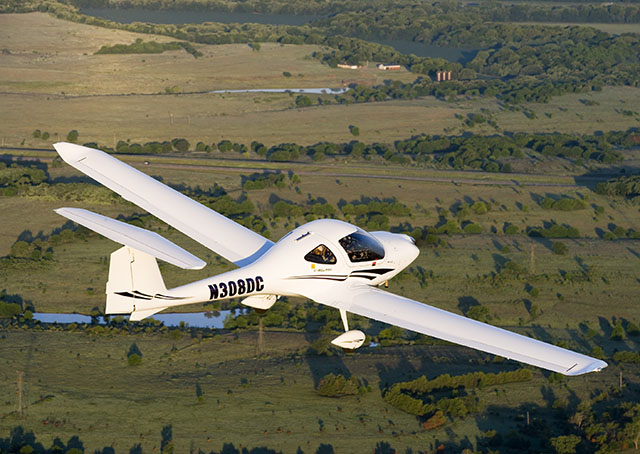
It’s a bumpy day thanks to thermal turbulence as you level off on the first leg of a solo cross-country on a warm spring morning. You have requested transit through an area of Class C airspace along your route, and the airport’s approach control facility has instructed you to cross the airport at midfield and remain below 3,000 feet while in the airspace.
It won’t be long before you are clear of the Class C airspace, but it would be a relief if approach could work out a climb to a higher altitude and—with luck—smooth air.
As you have learned, it can’t hurt to ask. So it’s welcome news when ATC grants the request, allowing you to climb at pilot’s discretion to a higher altitude.
Perhaps you’ve heard the term pilot’s discretion being used before—usually when ATC is assigning altitudes to IFR traffic. You generally understand that pilot’s discretion allows the pilot to decide when to begin a climb or descent instead of having to commence it immediately. But as is often true of the standard terminology used in pilot/controller communications, the phrase carries more meaning than its most obvious implications.
Suppose, for example, you commence a climb at your discretion, but upon arriving at your new altitude you encounter an unfavorable situation—say increased turbulence or restricted visibility. Don’t just throttle back and head back down.
When used in conjunction with altitude assignments, pilot’s discretion “means that ATC has offered the pilot the option of starting climb or descent whenever he/she wishes and conducting the climb or descent at any rate he/she wishes. He/she may temporarily level off at any intermediate altitude. However, once he/she has vacated an altitude, he/she may not return to that altitude,” explains the Pilot/Controller Glossary.
Pilot’s discretion isn’t always a verbal instruction. In some instances pilot’s discretion is implied in other instructions, for example when the control tower clears a flight that is approaching the runway for the “option,” instead of clearing it to land.
Why be cleared for the option?
As the Pilot/Controller Glossary explains, an option clearance is “ATC authorization for an aircraft to make a touch and go, low approach, missed approach, stop and go, or full-stop landing at the discretion of the pilot. It is normally used in training so that an instructor can evaluate a student’s performance under changing situations.”



